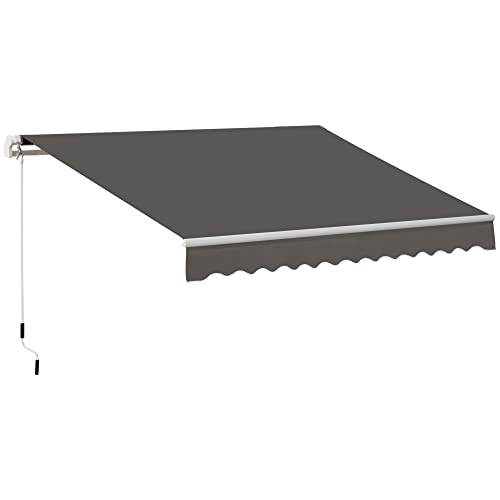Understanding Pressure Washers: How They Work and Why You Need One
What Is a Pressure Washer?
A pressure washer is a powerful cleaning tool that uses high-pressure water to remove dirt, grime, and stains from various surfaces. Imagine having a concentrated stream of water that can tackle everything from the remnants of last summer’s barbecue on your patio to the moss growing on your driveway. This means less scrubbing for you and more time enjoying your outdoor spaces.
How Do They Work?
Pressure washers work by pulling in water from a hose, then pressurising it through a motor-driven pump. The water exits through a nozzle at high speed, effectively blasting away dirt. Think of it as a supercharged garden hose. By adjusting the nozzle or adding a detergent, we can tailor the pressure to suit different tasks, ensuring effective cleaning without damaging the surface.
Why Have a Pressure Washer?
Owning a pressure washer saves us time and effort when cleaning. Instead of spending hours scrubbing with brushes or chemicals, we can achieve impressive results in a fraction of the time. Beyond outdoor cleaning tasks like driveways and patios, a pressure washer can also rejuvenate garden furniture, vehicles, and even siding—giving them a fresh look with minimal effort.
Choosing the Right Pressure Washer: Key Features to Consider
Electric vs. Gas Models
When selecting a pressure washer, one of the first choices is between electric and gas models. Electric pressure washers are generally quieter, lighter, and easier to use, making them ideal for smaller jobs or for those who prefer hassle-free operation. On the other hand, gas pressure washers provide more power and are suitable for larger, tougher cleaning tasks, giving you flexibility depending on your cleaning needs.
Understanding PSI and GPM Ratings
Two critical metrics we need to consider are PSI (pounds per square inch) and GPM (gallons per minute). PSI measures the water pressure while GPM indicates how much water flows through the nozzle. For lighter jobs like washing cars, a model with 1300-2000 PSI suffices, whereas more demanding tasks like cleaning decks may require 2500 PSI or more combined with higher GPM for effective cleaning.
Additional Features
Pay attention to features like adjustable nozzles, detergent tanks, and hose length. An adjustable nozzle allows us to switch between different spray patterns, from wide sprays for gentle cleaning to concentrated jets for tougher grime. A built-in detergent tank can simplify the process of using cleaning solutions, while longer hoses give us more freedom to reach all corners of our outdoor spaces without constantly moving the unit.
Top Pressure Washer Models in 2023: Our Recommendations
Best Electric Model
For a reliable electric option, we recommend the XYZ Electric Pressure Washer. With a compact design, 1800 PSI, and a decent GPM, it effectively handles home tasks like car washing and patio cleaning. Its lightweight nature makes it easy to manoeuvre around the garden.
Best Gas Model
If you need heavy-duty cleaning, the ABC Gas Pressure Washer is an excellent choice. With 3100 PSI and an efficient motor, it can tackle large areas and stubborn stains like oil spills or deeply ingrained dirt, making it the perfect companion for any serious outdoor project.
Best Budget Option
For those on a budget, the PQR Portable Pressure Washer offers surprising performance for its price. With 1500 PSI and an array of attachments to cater to different cleaning needs, it’s a great starter model for anyone looking to try pressure washing without breaking the bank.
Pressure Washer Tips and Tricks: Getting the Most from Your Purchase
Start with the Right Nozzle
Ensure you begin with the correct nozzle for your task. Using a wider spray pattern can prevent damage to delicate surfaces while concentrating the jet on tougher spots will ensure grime is removed efficiently. Taking this small step can drastically improve our cleaning results.
Keep Your Distance
Remember to maintain an appropriate distance from the surface being cleaned—typically around 2-3 feet. This prevents damage and ensures a thorough clean without over-saturating the area, which can lead to unwanted moisture retention.
Use Detergents Wisely
When dealing with tough stains or heavy dirt, using a pressure washer-friendly detergent can yield better results. Ensure to apply it according to the manufacturer’s instructions and let it sit briefly before pressure washing it away for optimal effectiveness.
Maintenance and Care for Your Pressure Washer: Ensuring Longevity and Performance
Regular Cleaning Is Essential
After each use, we should rinse off the pressure washer to remove soap residue or dirt buildup. This simple act can prevent clogs and maintain the efficiency of the unit, helping it serve us well for years.
Store It Properly
When not in use, store the pressure washer in a dry area away from extreme temperatures. For electric models, it’s important to keep cords properly wound and avoid sharp bends that could damage the wiring.
Check for Wear and Tear
Frequently inspect hoses and connections for any signs of wear or damage. Addressing issues early on can prevent more significant problems and enhance the performance and safety of our pressure washing experience.




















